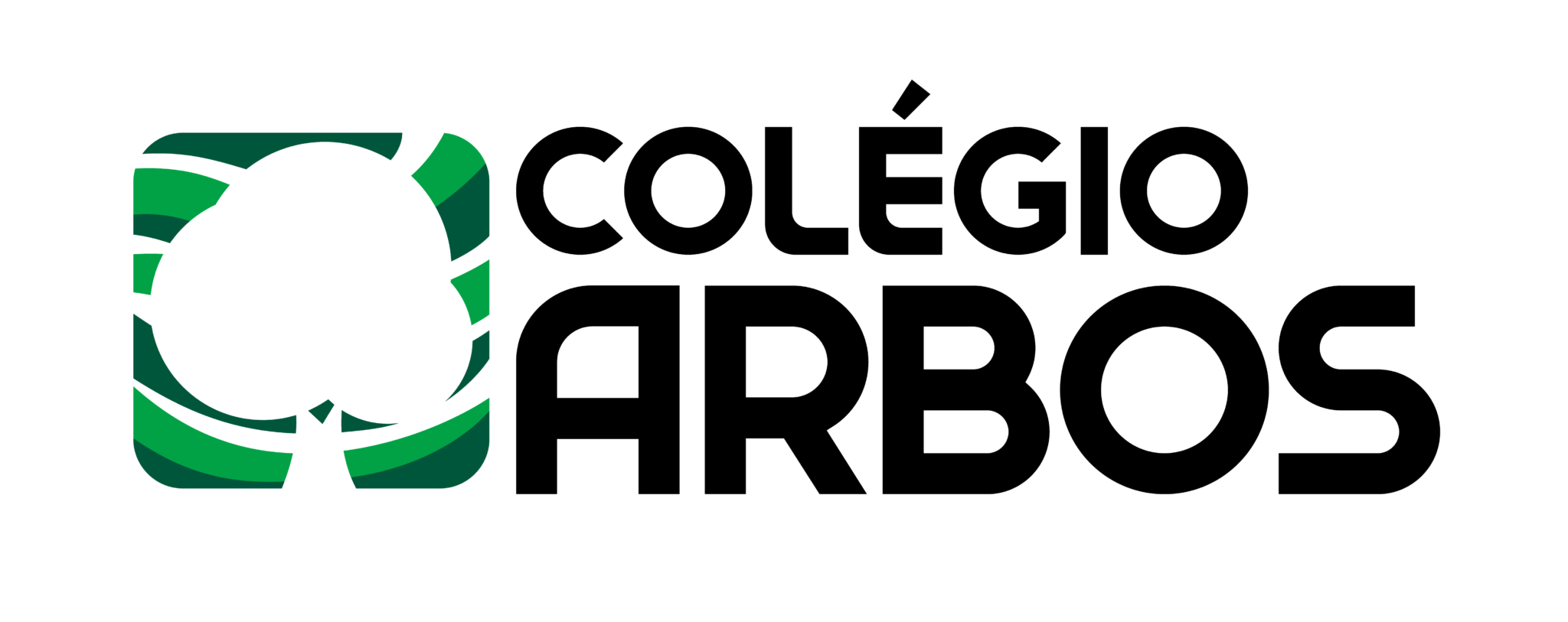Terrário
Terrário - K4
A K4 foi convidada a observar o céu de um dia ensolarado: céu azul e cheio de nuvens bem branquinhas. Lindo! Mas….eles não se interessaram. Preferiram aproveitar o lindo dia para correr e brincar.
Numa outra oportunidade, dia de tempestade de verão, com trovões e relâmpagos, fomos observar a chuva e o céu….ah, eles passaram um longo tempo olhando através do vidro, espontaneamente elaborando suas hipóteses e perguntas:
“Como faz a chuva?”
“Será que a água da chuva vem da torneira do chuveiro?”
“Como faz o trovão?” …
Essas foram algumas perguntas e hipóteses relacionadas a chuva. E, considerando que a aprendizagem acontece, principalmente, na prática, começamos nossos experimentos para responder algumas perguntas e gerar novas curiosidades.
O terrário feito por eles foi um dos experimentos para compreender o ciclo da água e responder “como se faz a chuva?”.
Começamos pesquisando juntos o conceito do terrário e o que era necessário para construí-lo. Listamos tudo junto, numa escrita coletiva e convidamos a professora de ciências para nos apoiar.
Fomos para o jardim e, finalmente, eles construíram o terrário com pedregulhos, terra, tecido, musgos e plantas. Molharam o terrário e o fecharam.
Todos contribuíram colocando os materiais no pote de vidro.
Desde então, nossas crianças seguem observando o ciclo da água, desenhando, tirando suas conclusões e, fazendo mais perguntas.
K4 was invited to observe the sky on a sunny day: a blue sky full of white clouds. Beautiful! But …. they were not interested. They preferred to take advantage of the beautiful day to run and play.
On another occasion, a summer stormy day, with thunder and lightning, we were watching the rain and the sky….ah, they spent a long time looking through the glass, spontaneously working out their hypotheses and questions:
“How is rain made?”
“Does rain water come from the shower tap?”
“How is thunder made?” …
These were some questions and hypotheses related to rain. And, considering that learning happens mostly by doing, we started our experiments to answer some questions and generate new curiosities.
The terrarium they made was one of the experiments to understand the water cycle and answer how rain is made.
We began by researching the concept of the terrarium and what was needed to build it. We listed everything in a collaborative writing and invited the science teacher to support us.
We went to the garden and finally they built the terrarium with pebbles, soil, fabric, mosses, and plants. They wet the terrarium and closed it.
Everyone contributed by placing the materials in the glass jar.
Since then, our children have been observing the water cycle, drawing, coming to conclusions, and asking more questions.
